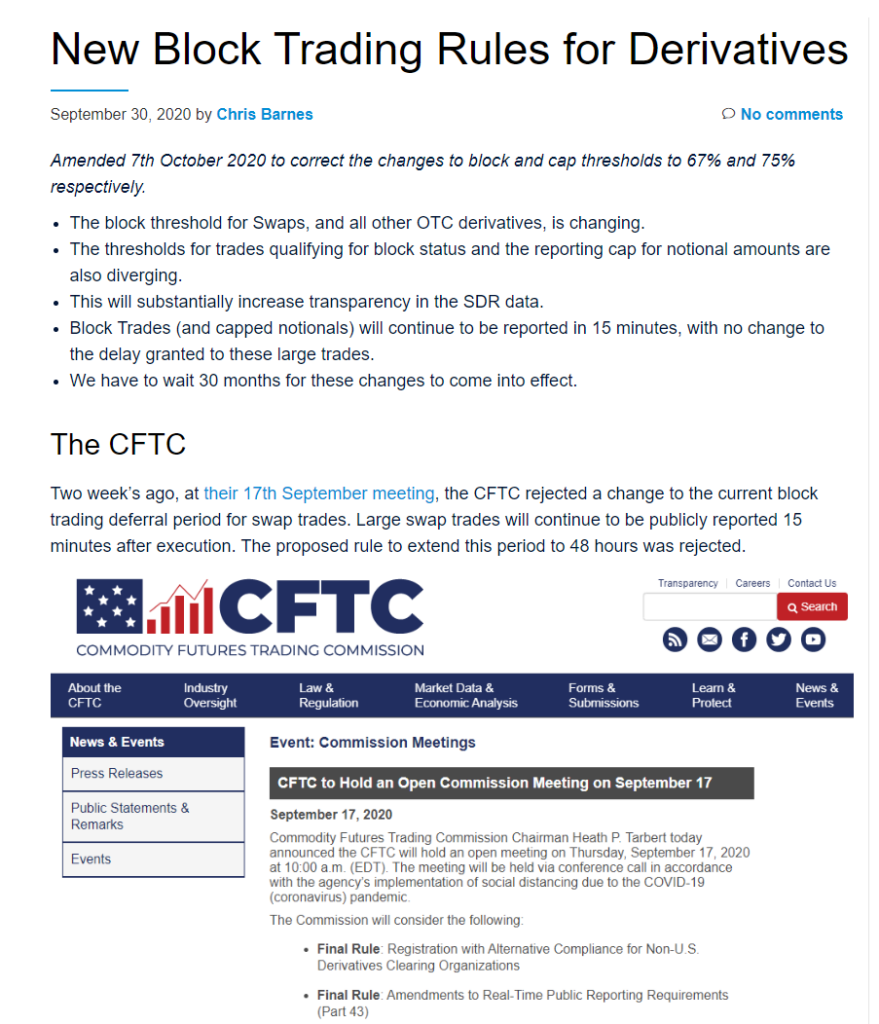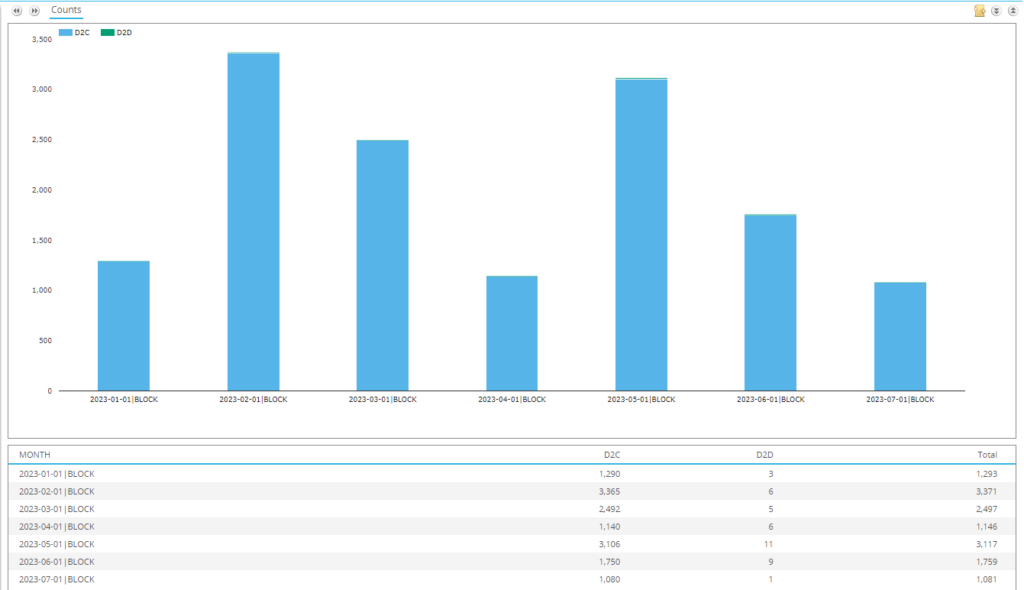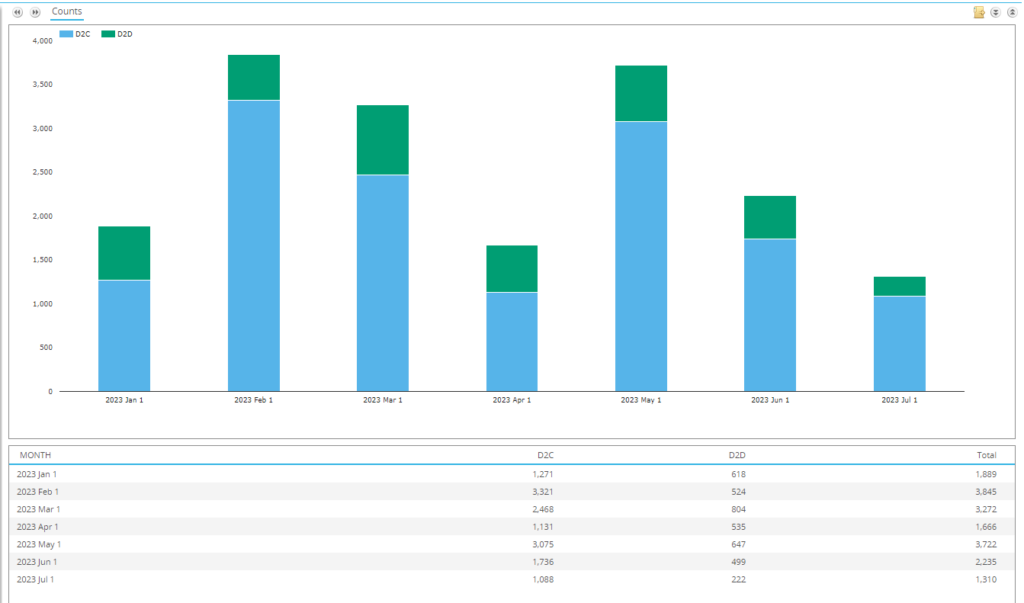- Block Thresholds in swap markets will increase on 4th December 2023.
- There are changes across all currencies and tenors.
- USD, CAD and BRL swaps will see the largest increases.
- The block thresholds for long-end USD swaps are unusually high.
Those of you with long memories will recall a particular blog I wrote about Block Trading and new rules that were going to come into play:

Those new rules could have come into play as early as March 2023, but they have been delayed until December 2023. As a result, we have just seen learnt what the new thresholds are going to be.
What is a Block Trade?
Block trading blogs are a popular, albeit niche, topic over here on the Clarus blog. As a result, they are second on a Google search for “swaps block trading”, behind only the CFTC themselves. We’ve written a number of pieces, including:
- New Block Trading Rules for Derivatives
- CFTC Block Trading Consultation May 2020
- Block Trading
- Identifying Customer Block Trades in the SDR Data
- CFTC Block and Cap Sizes
They attract interest on the blog because Block trades in Swaps tend to have two behaviours:
- D2D (Dealer to Dealer) “Block” trades still go through normal SEF order books but are only reported up to the “capped” threshold size. At the moment, the block threshold and the capped reporting threshold are the same.
- D2C (Dealer to Client) “Block” trades tend to be executed as an “RFQ1” – i.e. the customer sends a trade above the block limit to a single dealer for a quote.
- From the data, virtually all (on-SEF) block trades we see reported to SDRs are done on D2C SEFs (Tradeweb and Bloomberg):

Where-as between 20-25% of all Capped trades are indeed done on D2D SEFs:

Crucially, up until now, Block Trades and Capped Trades have shared one common trait – their maximum sizes reported to the SDRs are the same – e.g. USD170m 10 years.
A Reminder on the Current Block Thresholds
Not all of us can remember the precise Block and Capped thresholds! So here is a quick summary. In USD millions of trade notional:

Which equates into DV01 ($000s equivalents):

Showing;
- Block sizes/capped thresholds vary by currency and tenor.
- There are currently three groups of currencies.
- A DV01 of over ~USD140K is capped (and potentially treated as a block trade) for the four largest currencies – USD, EUR, GBP and JPY.
- This varies a bit by maturity – particularly for 30Y trades which need to be USD230K plus.
- There is then a steep drop-off to AUD, CAD etc which require just USD40K in DV01 (or ~USD75K in 30Y).
- And then another 50% reduction to all other currencies, including BRL.
What Will Change?
On December 4th 2023 this will change. The CFTC will move to the “post-initial” phase, and block sizes will increase. Also, the block thresholds will now be different to the capped thresholds. We will therefore see the full size of some block trades reported (the remainder will still be above the capped thresholds):
The New Block Thresholds
Using all of the lovely transparency data over the past 10 years, the CFTC are now able to accurately calibrate all of these block thresholds per currency and per tenor. According to the recently published thresholds:
The 67-percent notional amount calculations for the block thresholds are prescribed in Regulation 43.6(d)(1)(i)-(ix) and (g). Figures are based on data from December 1, 2021 to November 30, 2022
Part 43 Revised Post-Initial Block Sizes and Post-Initial Cap Sizes – April 2023
This is a pretty cool use of the data (remember the CFTC have access to “private” regulatory data that is not disclosed on the public SDR tape, and hence know the true full size of all trades). In December, the new block sizes will be (USD millions of trade notional):

And in DV01 terms ($000s equivalents);

Showing;
- Some significant changes to block sizes.
- This is to be expected as the calibration moves from 50% of notional to 67% (the methodology is explained in this blog).
- USD, CAD and BRL markets see the largest increases.
- USD block sizes will double, increasing by over 100% on average.
- Other currencies, like GBP and JPY, have seen decreases.
One thing that certainly stands out is the change to the long-end of the USD curve:
- The 40Y block size in USD is now larger than 30Y in notional terms.
- It equates to a USD200K DV01 difference between the block size in 30Y and in 40Y.
- This looks very strange.
- In DV01 terms, the size of USD blocks consistently increases as you go further out the curve.
- Both 30Y and 40Y block sizes for USD swaps look suspiciously large and are significantly different to previous calibrations (see here for example).
Obviously, the rules are the rules, so the calibration has to follow the prescribed methodology. But there is no getting away from the fact that the calibration looks strange for USD. Could it actually be due to so few trades being down in these long tenors I wonder?
Looking back at the CFTC’s MRAC recording this week, it looks like there will now be a “sub-committee” looking into this:
It will be interesting to see the feedback from market participants!
Other Changes
Please note that the capped thresholds will now also be larger. I don’t want to confuse readers with a further analysis in this blog. I will probably wait for the new data before highlighting the new capped thresholds. They are available via the CFTC on page three here. Also note that the thresholds will change for different products, including FX and CDS – one for another time!
In Summary
- Block Thresholds in swap markets will increase on 4th December 2023.
- Capped Thresholds will also change and will now be higher than blocks.
- Block Thresholds will increase from 50% to 67% of notional.
- USD swaps will see block sizes more than double, with the largest increases potentially seen at the long-end of the curve.
- Other currencies have seen smaller increases, with GBP and JPY decreasing.

